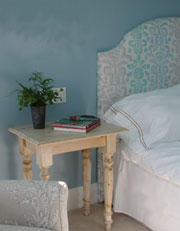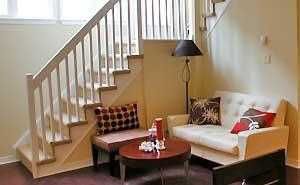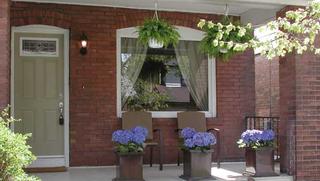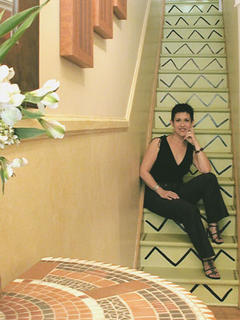Keep your Home Staging business moving forward

If you've already started your own home staging, house fluffing, real estate staging business, or you're just in the early planning stages, you know how hard it can be to stay focused on your goals.
You've probably experienced how one day you can be completely inspired and the next you're not sure why you are doing this.
That's why I just created the Staging Diva Weekly Biz Booster Series. It's a weekly series of messages from me that you get by email. Each one has ideas and inspiration to keep you moving forward and growing your own Home Staging House Fluffing business.
It's not easy being an entrepreneur. I know because I've been supporting my family as an entrepreneur since 1989. I've started lots of businesses (home staging is my favorite by the way!) and in the Staging Diva Weekly Biz Booster I share some of the techniques I used to grow from nothing into international recognition as a professional Home Stager in only two years.
When you order the Staging Diva Weekly Biz Booster Series, you get a total of 21 personal emails from me. Each one has a business building idea but I don't throw them at you all at once! You get one installment in the series every 7 days. That gives you time to think about the ideas I'm sharing with you and even time to try them out.
I love your Staging Diva Biz Boosters! They are very uplifting and make me want to follow your suggestions and continue on with new ideas each week. Thanks for sharing all of your knowledge! I'm really excited about growing my Home Staging Business! Danielle Oliver, Destination Sold (Evansville, IN)
You can order the Staging Diva Weekly Biz Booster Series from www.sixelements.com, at the introductory price of only $25. Imagine, $25 for 21 ways to grow your business and stay motivated to reach your home staging business goals!








